
PLACES
20-05-2020 di redazione
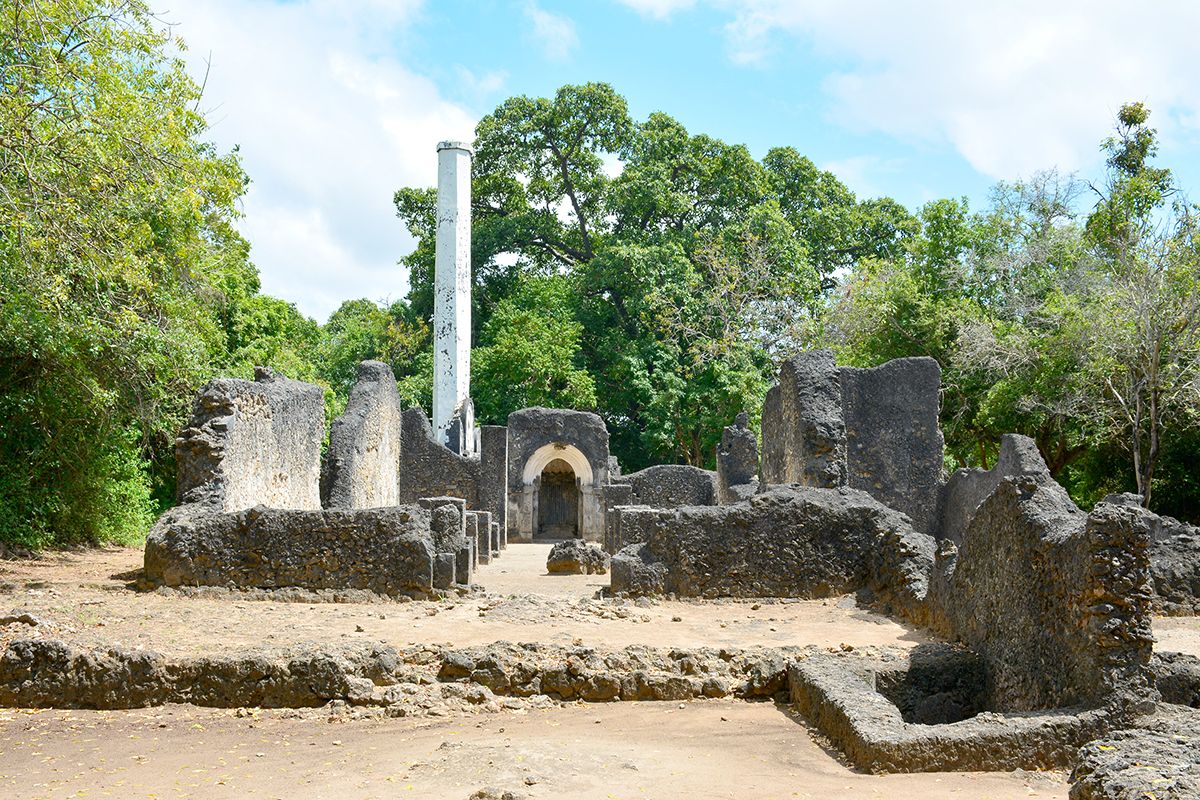
There’s an ancient story, two hundred metres from the tall bridge over Kilifi creek, along the Mombasa-Malindi highway, on the southern bank of the creek, just where the old ferry landing stage is.
On the top of the hill you can enjoy a view of the Mnarani Creek waters dotted with fishermen’s dhows, tourist boats and its beautiful green mangrove forest perched on the sandy beaches.
Let’s go back almost seven hundred years.
That story starts from an old swahili word: “Mnara” (tower), which in this case refers to a minaret or a religious pillar.
Today the name Mnarani encompasses the whole town around the so-called Mnarani Ruins.
Mnarani Ruins were first gazetted in March 1929 as “Ruins of Mnarani” and later confirmed as monuments. Following subsequent legislations over the years (1935 and 1962) the Ruins are now known as the “Ruins of an Old Mosque in Kilifi”. Now the all area is under the National Museums of Kenya.
Mnarani was an Arab settlement in the 14th century. At that time, traders from Oman used to sail with the monsoon winds from the Persian gulf the Indian Ocean and land on the Kenya coast.
In less than hundred years their business was flourished and Mnarani settlement become the residence of many of them, including fishermen and farmers.
Archaeological evidence shows that the site was eventually destroyed by the Galla in the early 17th century.
It’s said that one of the first Galla (also known as Oromo) attack happened around 16th century, when the fierce and fighting tribe from north eastern countries raided the ancient Swahili settlement after learning that the Arabs had captured their men and women and planned to sell them as slaves overseas.
The frequent attacks were not the only reason of the decline of Mnarani society. Portoguese presence (testify by some dishes found in site) was a serious threat but especially low water supply caused the Arabs to flee and settle in other Coastal towns, which were safe and had good water supply. Some of the farmers and fishermen remain there, but Galla people burn down the village and killed all their cattle. They reign in Kilifi for a short period until Portuguese armed troops chased them away. In 1950, James Kirkman, a british archaeologist found several remnants, including 14 lamps.
Now the ruins are at the top of 107 steps you must climb to get a spectacular view. Chirping birds and the sound of rattling leaves blowing in the breeze from the sea set the ambience. A glance into Mnarani Ruins reveals how was the ordinary daily life in those ancient times.
Among the ruins are remains of a large Friday (or congregational) mosque, a smaller mosque, parts of the town, a gate and several tombs dating to the 15th century, when a reconstruction of the mosque was done after the collapse of the earlier building.
The best-preserved ruin is the Great Mosque, with its finely carved inscription around the mihrab (prayer niche showing the direction of Mecca) with multiple arches and inscribed jambs. Interestingly, the inscriptions on the tombs and the mosques here are written in Persian language, suggesting that the early settlers in Mnarani were Persians from Oman. Only one tomb bears the name of Shaykh Isa Ibn Shayah Nahafah, a written in ancient Arabic. Under the minaret lies the skeleton of the supposed founder of the town. The foundations of the great and smaller mosque, which are located in the eastern tower, are still intact. The mosque comprises six sections: a well where water was fetched and stored in a tank to be used before prayers, a baraza where sandals were placed before entering the mosque, a worship area for women and men, an imams’ changing room and a pulpit, which is known as "kibla" by Muslims. At the ruins also lies a dried up 75-foot deep well and remnants of coral reefs and logs arranged in a conical shape. The ancient Swahilis would burn the logs to produce limestone powder for construction.
Mnarani Ruins has a clean compound and is a perfect spot for picnics and for nature lovers to connect with the past. Not only the mosques, the thick baobab trees and a number of tombs at the Mnarani Ruins in Kilifi are a favourite attraction. In fact, hundreds of people around the world travel to this site, a place where believers pray and offer sacrifices to God. The cool breeze blowing from the Indian Ocean and the scenic, peaceful, beautiful garden at Mnarani ruins makes it the perfect place to relax, meditate or pray. You can feel the mystical aura at the shade of the monstrous old baobab trees on the edge of the bluff and just beyond the walls of the main complex. The largest is a right-royal 900-year-old beauty. Among the Mijikenda, the baobab was a sacred tree where villages made sacrifices to the ancestors and prayed for rain and blessings. Mnarani site also has a Museum and a snake park where local snake species can be viewed. Often, a local guide is available to show you around the ruins.
PLACES
di redazione
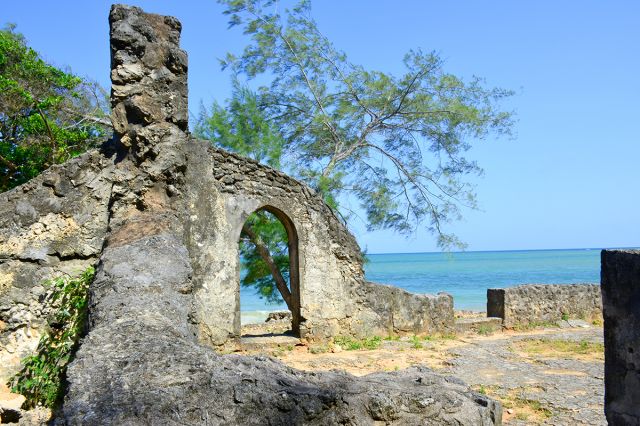
It was called "Jumba La Mtwana", where "jumba" in kiswahili means "home".
It was an Arabic citadel built in the 13th century AD on the banks of the Indian Ocean, not far from the cove of today's Mtwapa, about twenty...
APRIL FOOLS JOKE
di Beppe Scione

The news of the film that Spielberg would shoot in Malindi was an April Fool's joke of Malindikenya.net, WAC, and Watamukenya.net Kenyaoggi.
All social sites and pages joined in the joke to say that Watamu is beautiful and safe ... even...
HISTORICAL PLACES
di redazione
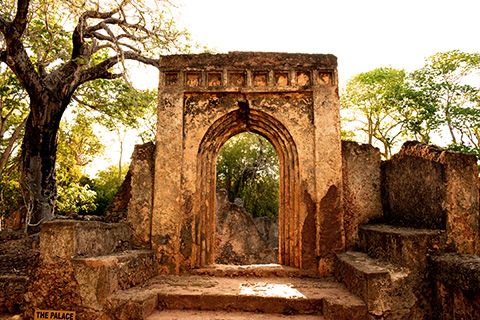
Gede is located between Malindi and Kilifi, in the coastal region of Kenya, 94 km north of the city of Mombasa.
Its ruins tell of historical un'insediamento, one of the oldest in the coastal area of East Africa which has...
PARKS
di redazione
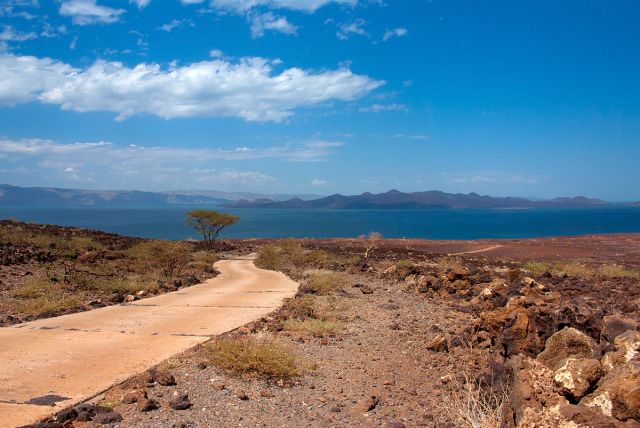
In 1972, the Kenyan Government declared the area east of Lake Turkana, between the Tulor Bor River to the north and Allia Bay to the south, a national park under the name Sibiloi.
PLACES
di redazione
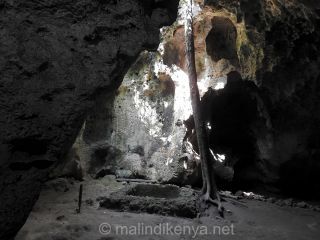
Shimoni in the Swahili language literally means 'place of the cave'.
Often, villages in Kenya are named after the reasons why they were formed or came into being on the edges of roads that began to be trade routes, especially...
ENVIRONMENT
di Leni Frau
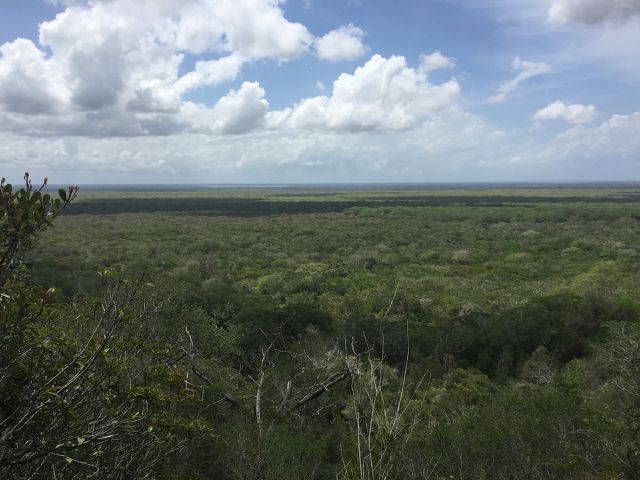
NEWS
di redazione
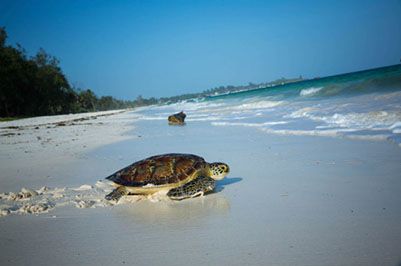
Kenya was included in the five countries to visit in 2017 for an eco-conscious holiday by two of America's most important industry operators.
G-Adventure and Intrepid Travel have cited Kenya as one of the most interesting and growing countries in...